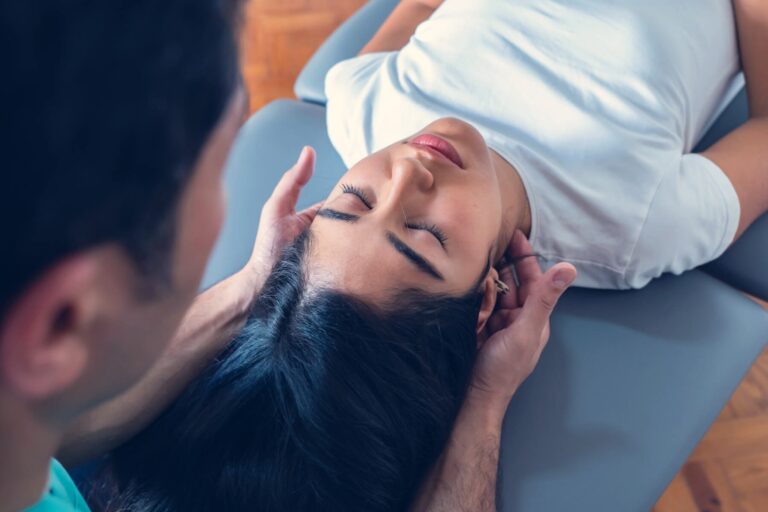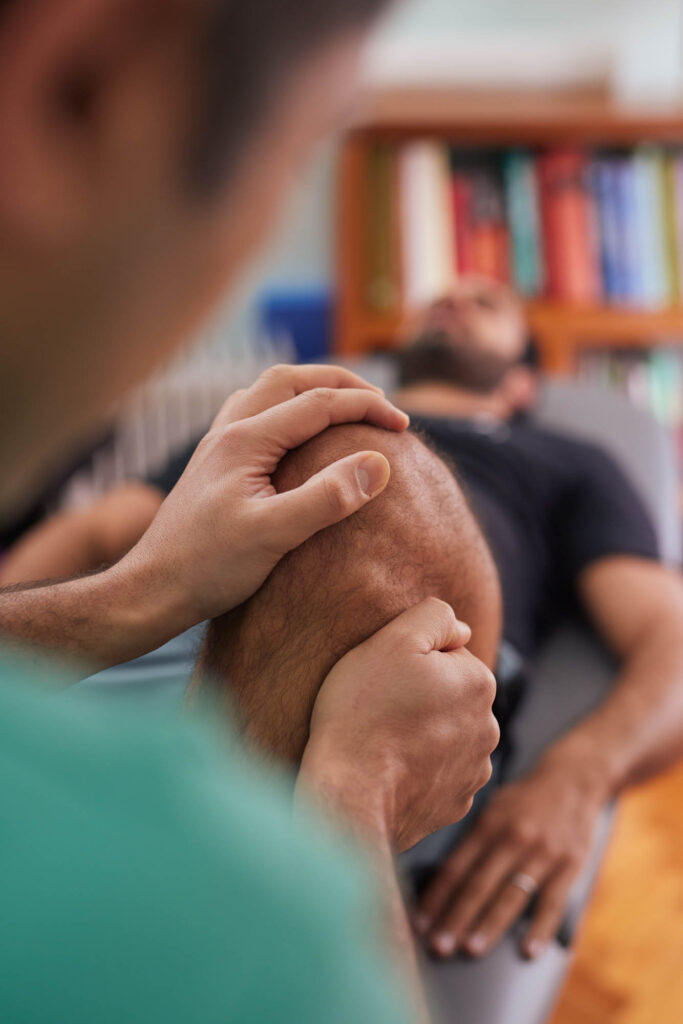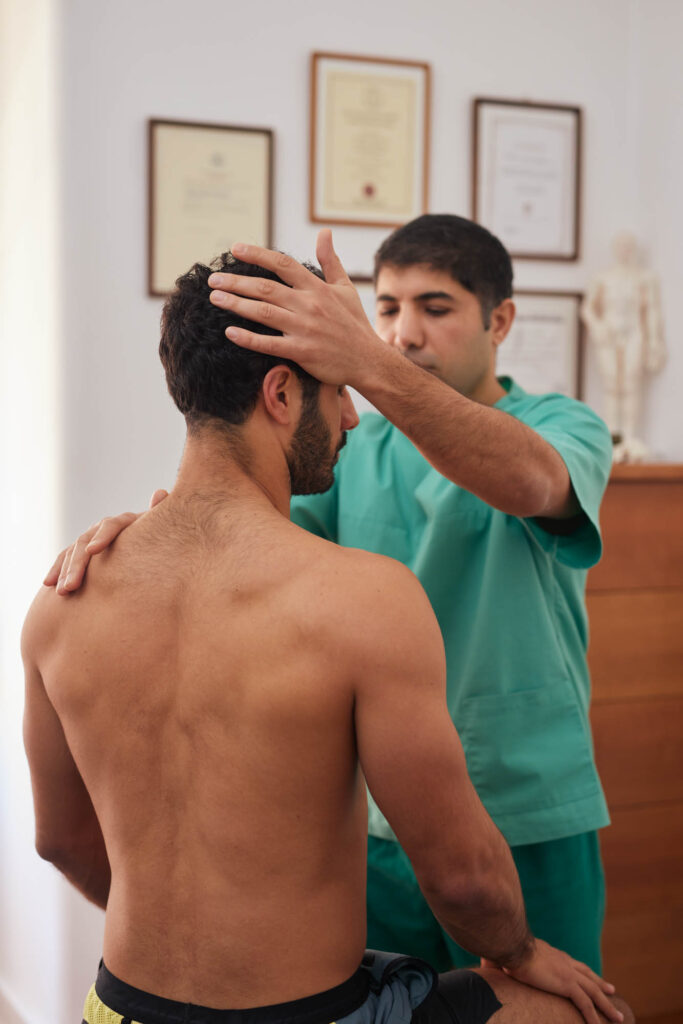Approach & Treatment
Omid’s appointments are based on the Patient-Centred Care approach, where each person’s particularity is absolutely paramount.

The choice of the suitable therapeutic method is a response to the patient’s main complaint involving a combination of Osteopathy, Acupuncture and Chines Medicine techniques.
Thanks to his extensive experience at hospitals and with medical teams in London and Lisbon, he deeply acknowledges the importance of a multidisciplinary approach. For the same reason, he works directly with various medical teams, such as Cardiologists, Allergists, General Practitioners, Dentists, Psychologists, among others.
Osteopathy
Find it, Fix it, Leave it”
Andrew Still
Osteopathy focuses on diagnosis, treatment, prevention and rehabilitation of musculoskeletal imbalances without using medication.
Osteopaths use a variety of manual techniques, such as high-velocity thrusts, stretching, myotherapy and articular techniques, among others, aimed at increasing joint mobility, lowering muscle tension, reducing pain, increasing blood flow in the tissues and helping the body to self-heal.
Osteopathy generally treats pain in the lumbar (lower back) and cervical (neck) regions, postural problems, sports injuries, shoulder pain, elbow pain, among others.
Traditional Chinese Medicine
Traditional Chinese Medicine, commonly known as TCM, is a holistic and philosophical method of diagnosis, prevention and treatment of medical conditions, based on a theoretical and systemic structure that has been developed over more than 3 thousand years in China.
According to TCM, medical conditions arise from imbalance in the body, conventionally understood as alteration in its homeostasis. These imbalances can be triggered by external factors (cold, heat, humidity, dryness,…), by internal factors (stress, worry, sadness, rage, fear,…) and/or by mixed factors such as food.
The tools/pillars of TCM are: Acupuncture, phytotherapy, Tui Na massage and dietetics following the rationale and diagnosis of TCM.
Acupuncture
Acupuncture is one of the tools of TCH and the most well-known in the conventional world. It consists of inserting fine needles at specific points of the body for the purpose of treatment or prevention.
In Portugal, Acupuncture is used by three professional groups: Acupuncturists, Specialists in Traditional Chinese Medicine and Doctors.
How Acupuncture Works
Conventional Acupuncture
Medical Acupuncture follows the conventional medical rationale and diagnosis, which involves stimulation of the sensory nerves below the skin or in the muscle.
The stimulation of sensory nerves causes a release of a natural substance existing in the body called endorphin which in itself helps to relieve pain. And the release of that substance very often gives rise to the patient’s wellbeing.
Traditional Acupuncture
Traditional Acupuncture follows the three thousand-year old diagnosis of Traditional Chinese Medicine which is based on the free circulation of “Qi”, the body’s energy flow / vital life force (loose translation). Traditionally, it is believed that the energy circulates in invisible channels called meridians.
Specialists in Traditional Chinese Medicine and Traditional Acupuncturists believe that a medical condition is a state of imbalance of the body, and help to balance the body through stimulation of Acupuncture points. This imbalance can be muscular, or arising from other internal issues.











